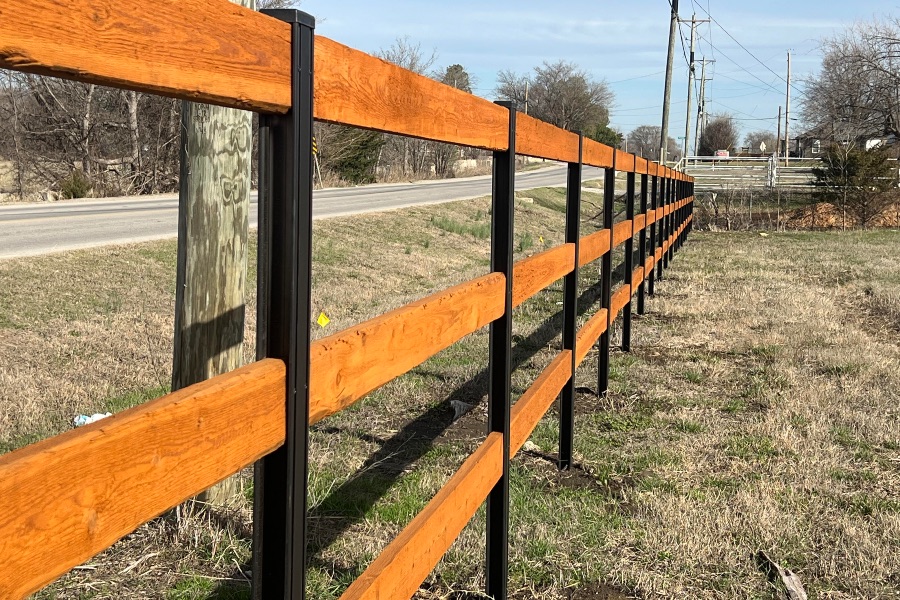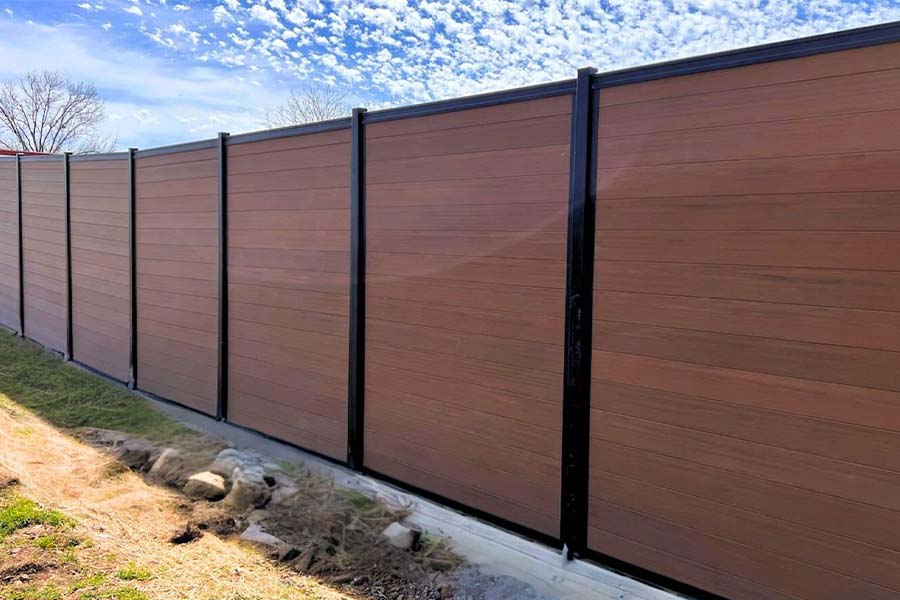All Categories
Featured

When taking into consideration installing a fencing on your home, among one of the most important steps is to understand whether you require an authorization. Fence installations typically call for a license to guarantee that the structure adheres to regional zoning legislations, constructing codes, and safety and security criteria. The specific permits called for can vary depending on your area, the type of fencing you intend to install, and the height or positioning of the fence. Below's a guide to assist you navigate the procedure of getting a fence authorization and make certain that your installment is hassle-free and lawful.
Why You Required a License for a Fence Installment. A fencing license is essential to make sure that the setup fulfills regional regulations. The permit procedure assists neighborhood authorities confirm that your fencing does not interfere with web traffic exposure, respect your residential or commercial property lines, or violate elevation restrictions. It also makes certain the safety and security of the framework, so it doesn't posture a threat to you, your next-door neighbors, or the public. Setting up a fencing without an authorization can cause fines, elimination of the fence, or hold-ups in construction, so it's essential to inspect whether a permit is needed prior to beginning your project.
Kinds of Authorizations You Might Need. There are a few typical kinds of authorizations you might require for a fence setup:
Structure Authorization. A structure permit is the most common license required for fencing installments. This license makes certain that the fence satisfies security requirements and is constructed according to neighborhood building regulations. A building authorization is normally needed if the fencing surpasses a particular elevation (typically 6 feet), is constructed from certain products, or lies near a public walkway or roadway.
Zoning License. A zoning authorization might be required to verify that your fence abides with neighborhood zoning laws. Zoning guidelines can dictate where a fencing can be put on your residential property, just how high it can be, and whether it is admitted certain locations (such as along residential property lines or ahead lawns) For instance, some municipalities have regulations restricting the elevation of fencings in the front lawn to ensure visibility for pedestrians and drivers.

Trouble Permit. You might require a trouble permit if you are building a fence near your home line or close to a road. A problem refers to the range a structure, consisting of fencings, have to be from the residential property line. Problem policies differ by location, and ensuring that your fencing is placed appropriately can prevent conflicts with next-door neighbors and prevent violations.
Property Owner Organization (HOA) Approval. You may need approval from them in enhancement to neighborhood licenses if you live in an area controlled by a House owner's Association (HOA) HOA policies frequently cover the kind of materials, elevation, style, and color of fencings. Also if your city government does not require a license, your HOA might still have specific guidelines that require to be complied with.
Just How to Apply for a Fence Permit. To look for a fence permit, you'll need to call your regional building department or preparation office. The application process usually includes filling in a kind, paying a cost, and submitting a website plan of your residential property that reveals the proposed place of the fence. You may additionally require to include information about the products, height, and style of the fencing.
Sometimes, a regional authorities may need to examine your residential or commercial property before approving the license. As soon as the permit is provided, you will be authorized to continue with your fencing installment.
When Is a Permit Not Required? In particular situations, an authorization may not be called for. These scenarios can consist of:
Reduced Height Fences: In lots of areas, fencings that are below a specific elevation (typically 3 to 4 feet) might not require an authorization, particularly if they are put in the backyard or various other non-visible areas.
Fence Replacement: If you're changing an existing fencing with the exact same elevation and material, some areas may not need a new permit.
Non-Obtrusive Fences: Ornamental or momentary fences, such as those used for horticulture or landscaping functions, may not need authorizations as long as they are reduced and not irreversible.
However, it is necessary to talk to your local zoning workplace or building division, as policies can differ by jurisdiction.
Consequences of Not Acquiring a License. Stopping working to get the essential licenses can cause substantial consequences. These include penalties, compelled removal of the fence, or also delays in construction. In addition, if your fencing doesn't fulfill local guidelines, you could encounter legal concerns with neighbors or local authorities.

Verdict. When installing a fence, it's critical to research the authorization demands in your area. By ensuring that you follow regional regulations and obtain the required authorizations, you can make sure and avoid expensive errors that your fencing is legally compliant. Check with your local building department, HOA, and zoning workplace to determine what authorizations are needed for your certain fence task. This action is vital to shield both your investment and your home's worth.
Latest Posts
Quick and Hassle-Free Washroom Upgrades
Published Apr 21, 25
1 min read
NAPA AutoCare Certified: Choose Montclare Auto Repair for Excellence
Published Apr 21, 25
2 min read
Just How We Make Floor Covering Easy at Carpet Interiors Floor & Home
Published Apr 20, 25
1 min read